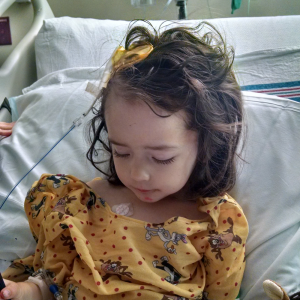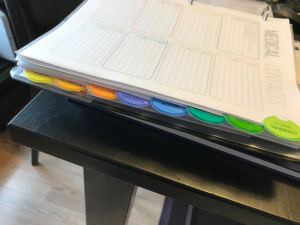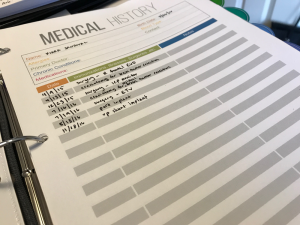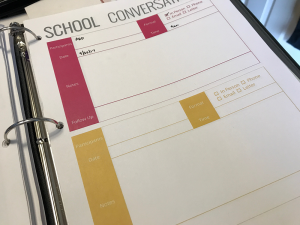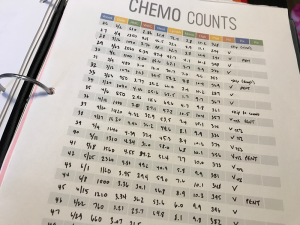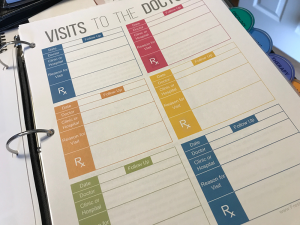School for the Blind
Most blind students attend their local public schools, and their educational needs are met by itinerant specialists who travel to them. This approach allows them to learn alongside sighted peers, while still receiving individualized instruction in the skills and tools of blindness.
State-Run Schools
There are 34 state-run schools for the blind, which includes institutions in many states such as Alabama, California, Florida, Illinois, Texas, Maryland, and others. State schools remain critical hubs for:
-
-
Students with multiple disabilities, deafblindness, or complex needs.
-
Specialized training (Braille literacy, mobility, technology).
-
Professional development for educators in vision education.
-
State-run schools for the blind are historic, publicly funded residential institutions that not only educate students on campus but also serve as statewide resource centers. While far fewer children attend them today compared to the past, they remain essential centers of expertise in blindness education.
In addition to the academic advantages, state schools for the blind (through leagues like SCASB) ensure that blind students can compete in sports just like sighted students do in regular interscholastic leagues. For students in public schools, inclusion depends more on individualized accommodations — though national organizations and adaptive sports programs are expanding opportunities.
Private Non-Profit Schools
According to the American Printing House for the Blind (APH), in 2022 about 4,539 students (8% of legally blind students in K–12 or similar education settings) were enrolled in residential schools for the blind. While this confirms the presence of additional schools, it doesn’t specify how many exist, but reinforces their ongoing use.
While the state-run residential schools form the backbone of blind education in the U.S., there’s also a strong network of private nonprofit institutions (like Perkins, Overbrook, St. Joseph’s) and religious/charitable schools. Most of the non-state-run schools fall into two categories: private non-profits and religious/mission-based institutions. A few examples:
Perkins School for the Blind (Massachusetts)
– Founded in 1829, the first school for the blind in the U.S.
– Still operates as a private, nonprofit, international leader in blindness education.
Overbrook School for the Blind (Philadelphia, PA)
– Established in 1832; serves students from birth to age 21.
St. Joseph’s School for the Blind (Jersey City, NJ)
– Catholic-affiliated, nonprofit; offers specialized education and adult services.
Washington State’s Foundation for the Blind runs some programs outside the state system.
Some Catholic and Protestant organizations historically founded blind schools that still exist in some form (like St. Joseph’s above).
These are generally supported by charitable donations, tuition, or contracts with local education agencies.
How They Differ From State Schools
Funding: State schools are publicly funded; private ones rely on tuition, donations, grants, or contracts.
Admissions: Private schools often accept out-of-state or international students more easily.
Programs: Many private/nonprofit schools offer transition to adulthood programs, assistive tech training, or international outreach (e.g., Perkins has programs in ~100 countries).
